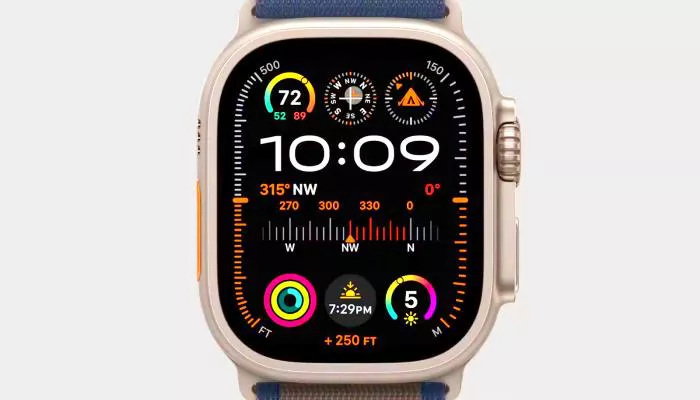Apple is expected to unveil the Apple Watch Series 11 this fall, likely alongside the iPhone 17, continuing its tradition of synchronized product releases. Since 2016, Apple has consistently updated its smartwatch lineup in September, with only the Series 7 deviating slightly with an October 2021 launch. Given Apple’s predictable release cycle, a September 2025 debut appears highly probable.
While the company has occasionally split major announcements into multiple fall events, the Apple Watch has historically remained tied to the iPhone launch. Analysts suggest this trend will hold, as the two devices complement each other in Apple’s ecosystem.
Design Likely to Mirror Series 10
Bloomberg reports that the Apple Watch Series 11 will retain the same external design as its predecessor, the Series 10. Apple has a history of reusing hardware designs across multiple generations, making a major aesthetic overhaul unlikely.
Speculation about an all-glass Apple Watch has surfaced, but industry insiders believe such a radical redesign is years away from realization.
Display Technology: OLED Persists, MicroLED Still in Development
The Series 11 is expected to maintain its flexible OLED display, though rumors persist about a future shift to microLED technology. While some reports suggested microLED could debut as early as 2025, development challenges may delay its introduction until 2026, likely appearing first in the premium Apple Watch Ultra line.
Recent refinements in OLED backplane technology, such as the shift from LTPO2 to LTPO3 in the Series 10, have improved power efficiency and enabled dynamic refresh rates. These enhancements are expected to carry over to the Series 11.
Health Sensors: Incremental Upgrades Expected
The Series 11’s health monitoring capabilities are anticipated to remain largely unchanged, with potential additions like high blood pressure detection—though likely limited to extreme-case alerts rather than continuous monitoring.
The blood oxygen sensor, previously removed in the U.S. due to legal disputes with Masimo, could return if Apple secures a favorable ruling. Meanwhile, non-invasive glucose monitoring remains in development, with Apple reportedly testing software to assist in blood sugar management.
Performance and Connectivity: Modest Hardware Updates
The smartwatch is expected to adopt the S11 system-in-package (SiP) chip, though no major performance leaps are anticipated. Connectivity could see an upgrade with the potential inclusion of Apple’s power-efficient C1 modem, though mmWave support remains unlikely for wearables.
Satellite connectivity, rumored for the Apple Watch Ultra 3, may also debut in the standard Series 11, expanding emergency communication capabilities.
Software: visionOS Influence and AI Enhancements
With Apple integrating visionOS design elements across its operating systems, the Apple Watch may receive interface refinements. Additionally, the company’s broader push into AI—dubbed “Apple Intelligence”—could bring smarter health insights and personalized features to the wearable.
As the fall launch approaches, further leaks and official announcements will clarify these expectations. For now, the Series 11 appears to be an evolutionary update rather than a revolutionary redesign.
Related topics:
- Apple Watch arrived on buyers’ wrists 10 years ago
- Apple Watch SE 3 might be available in larger 41mm and 45mm sizes
- Apple Watch Series 10 returns to $299 after $100 price cut on Amazon


